Rome might be the eternal city, but even the most devoted history buff needs a breather from all those ancient ruins and bustling piazzas. The Italian capital sits perfectly positioned for exploring some of the country’s most charming destinations, from medieval hill towns to stunning coastlines. Whether you’re craving Renaissance art, thermal springs, or just a quieter pace of life, the areas surrounding Rome offer incredible variety within easy reach.
Here is a list of 15 fantastic day trips that’ll give you a taste of Italy beyond the capital’s famous seven hills.
Tivoli
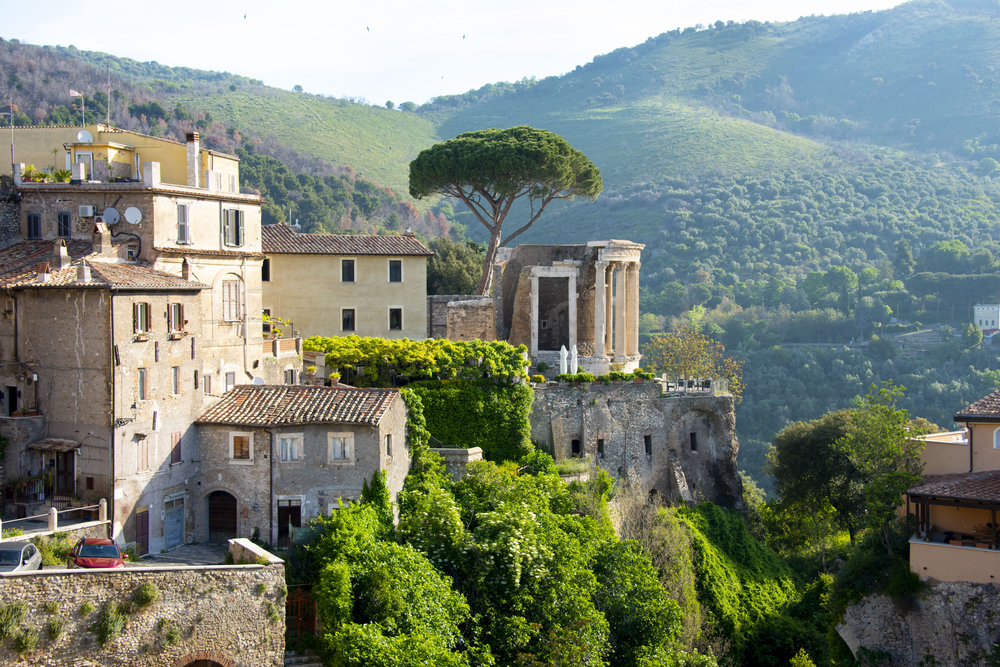
Just 20 miles east of Rome, Tivoli packs two UNESCO World Heritage sites into one manageable day trip. Villa d’Este dazzles visitors with hundreds of fountains cascading through terraced gardens, while Hadrian’s Villa sprawls across 300 acres of ancient Roman luxury. The town itself charms with narrow medieval streets and local restaurants serving proper Roman cuisine without the tourist markup. You can reach Tivoli by regional train in about an hour, making it one of the easiest escapes from the capital.
Orvieto
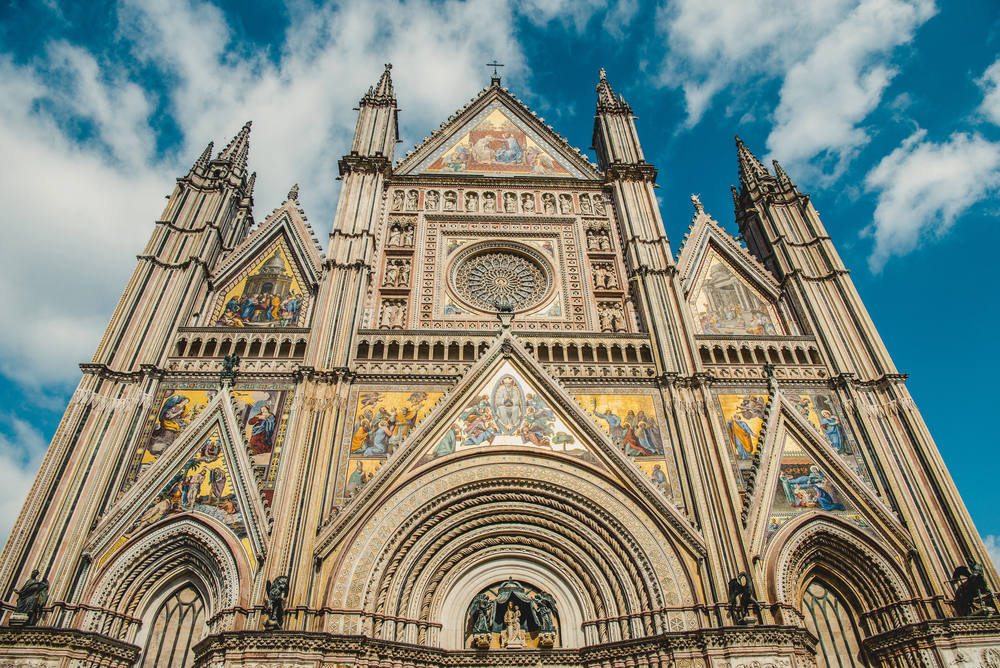
Perched dramatically on a volcanic plateau about 75 miles north of Rome, Orvieto looks like something straight out of a fairy tale. The Gothic cathedral dominates the skyline with its striking facade of golden mosaics and intricate carvings that took over 300 years to complete. Underground, the city reveals a fascinating network of Etruscan caves and tunnels that residents once used for everything from storage to worship. The direct train from Rome takes just over an hour, and the funicular ride up to the historic center adds a unique twist to your arrival.
Ostia Antica
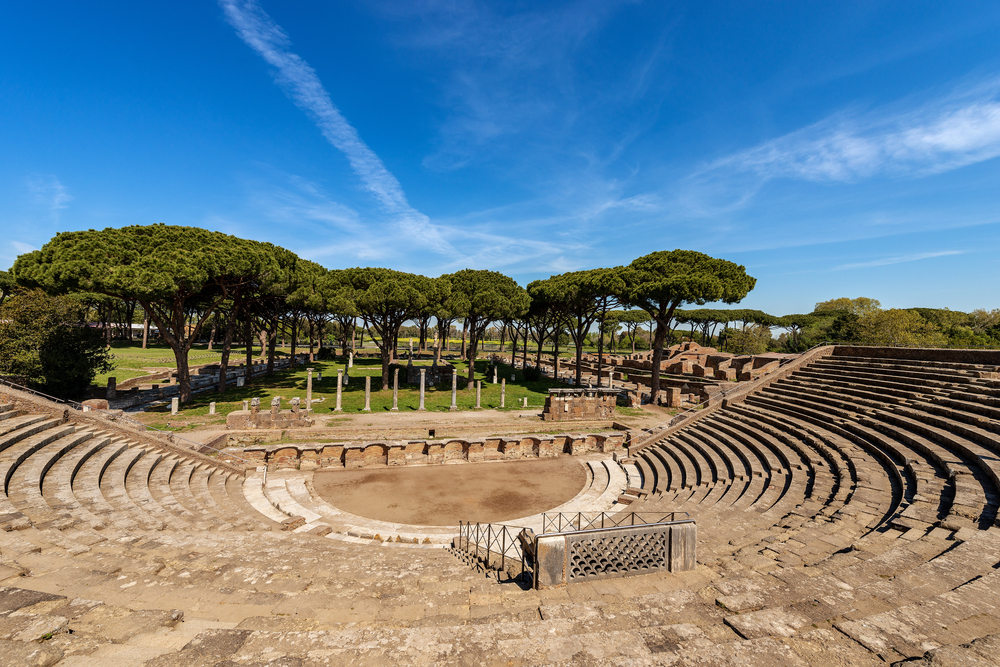
Rome’s ancient port city offers all the archaeological thrills of Pompeii without the crowds or lengthy journey. These remarkably preserved ruins include an intact amphitheater, elaborate mosaics, and even ancient Roman toilets that still make visitors chuckle. Walking through the ancient streets, you can almost hear the bustle of merchants and sailors who once made this place Rome’s gateway to the world. The site sits just 30 minutes from central Rome by metro, making it perfect for a relaxed half-day adventure.
Castel Gandolfo
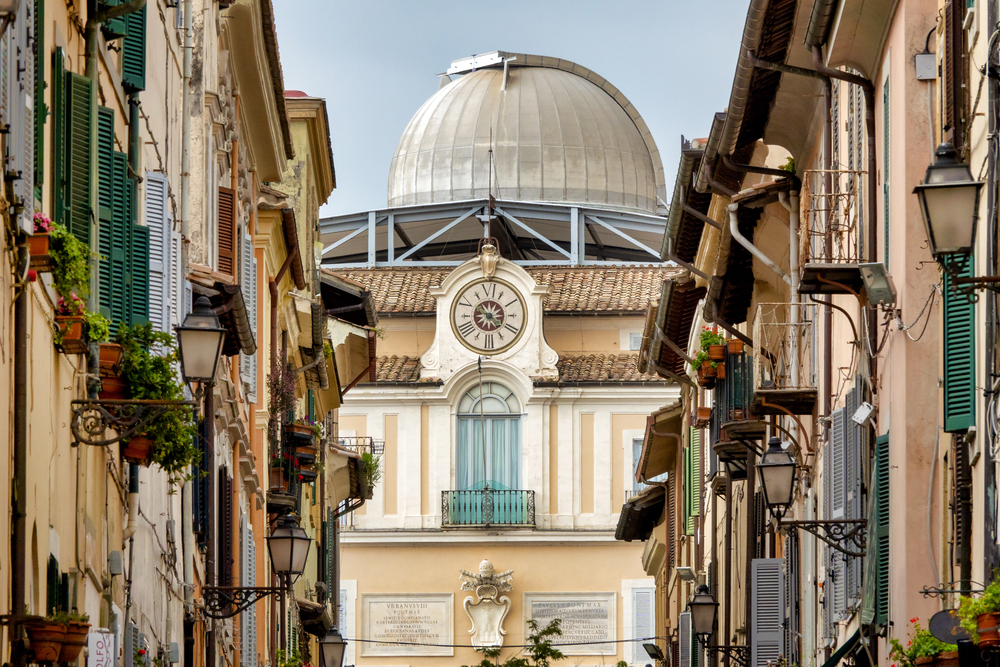
This lakeside town serves as the Pope’s summer retreat, and it’s easy to see why Vatican officials choose this spot to escape Rome’s heat. Lake Albano stretches below the town in a perfect circle, formed by an ancient volcanic crater that now provides swimming, boating, and peaceful walks. The papal palace offers guided tours when the Pope isn’t in residence, revealing stunning frescoes and gardens with panoramic views. Regional trains connect Rome to Castel Gandolfo in under an hour, though the real treat is the scenic bus ride down to the lake itself.
Viterbo
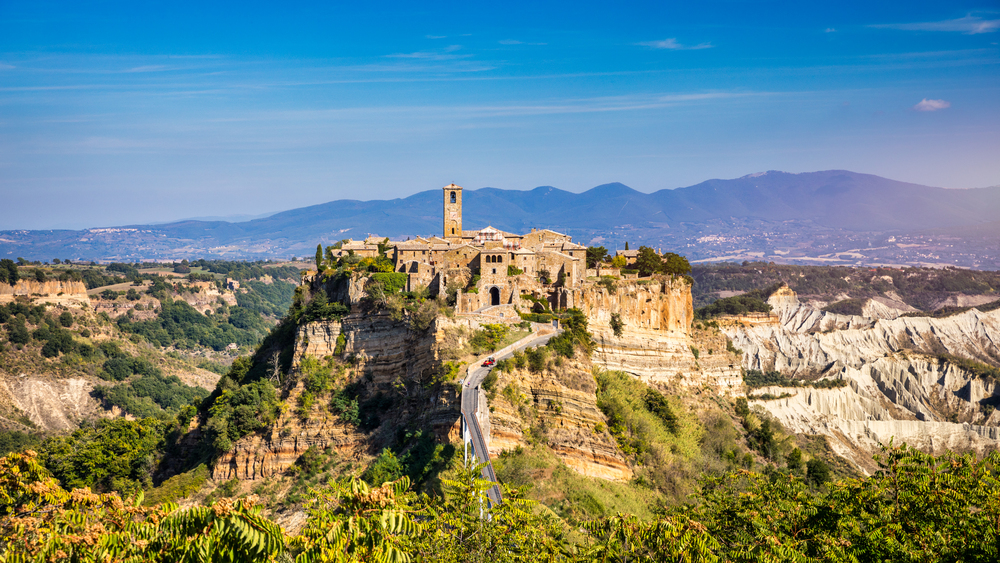
Medieval towers and thermal springs make Viterbo a perfect blend of history and relaxation just 60 miles north of Rome. The San Pellegrino quarter transports visitors back to the 13th century with its stone houses, external staircases, and flower-filled balconies. After exploring the papal palace where seven popes once lived, you can soak in natural hot springs that have been drawing visitors since Etruscan times. The thermal baths at Bullicame are free and open to the public, though arriving early helps you avoid the crowds.
Frascati

— Photo by massimosanti
Wine lovers shouldn’t miss this charming town in the Alban Hills, famous for crisp white wines that Romans have enjoyed for centuries. Villa Aldobrandini dominates the hillside with Renaissance gardens and fountains, while the town center buzzes with family-run restaurants serving porchetta and local vintages. September brings the wine festival when the fountains literally flow with free wine, but any time of year offers opportunities to tour vineyards and sample different varieties. The train journey from Rome takes about 45 minutes, and many visitors combine wine tasting with hiking in the surrounding hills.
Sperlonga

This coastal gem about 75 miles south of Rome wraps around a promontory like a white-washed Greek island village. Ancient Roman Emperor Tiberius built his luxury villa here, complete with a grotto decorated with massive sculptures that archaeologists are still piecing together. The medieval town above cascades down narrow alleys toward pristine beaches where you can swim in crystal-clear waters. Direct buses from Rome take about 90 minutes, making this an ideal summer day trip when you need to cool off from the capital’s heat.
Bomarzo
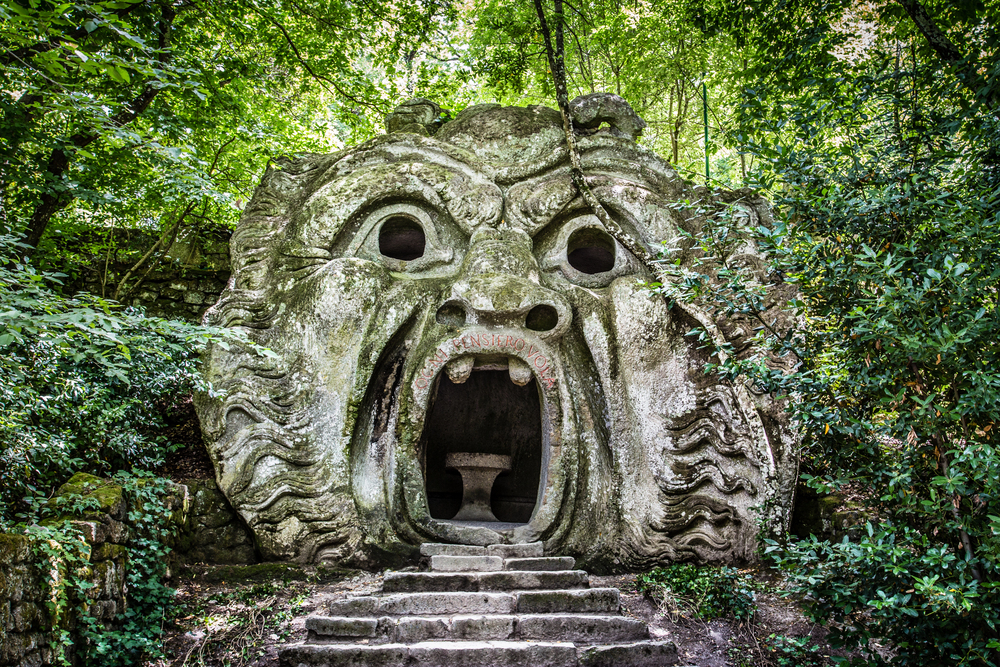
The ‘Monster Park’ of Bomarzo presents one of Italy’s most surreal experiences, where 16th-century sculptures emerge from the forest like creatures from a fever dream. Giant stone faces, tilting houses, and mythological beasts create an otherworldly landscape that inspired surrealist artists centuries later. The park was created by a grieving nobleman as a tribute to his deceased wife, resulting in a deeply personal artistic vision that still puzzles visitors today. Getting there requires a bus or car journey of about 90 minutes, but the unique experience makes the trip worthwhile for anyone seeking something completely different.
Tarquinia
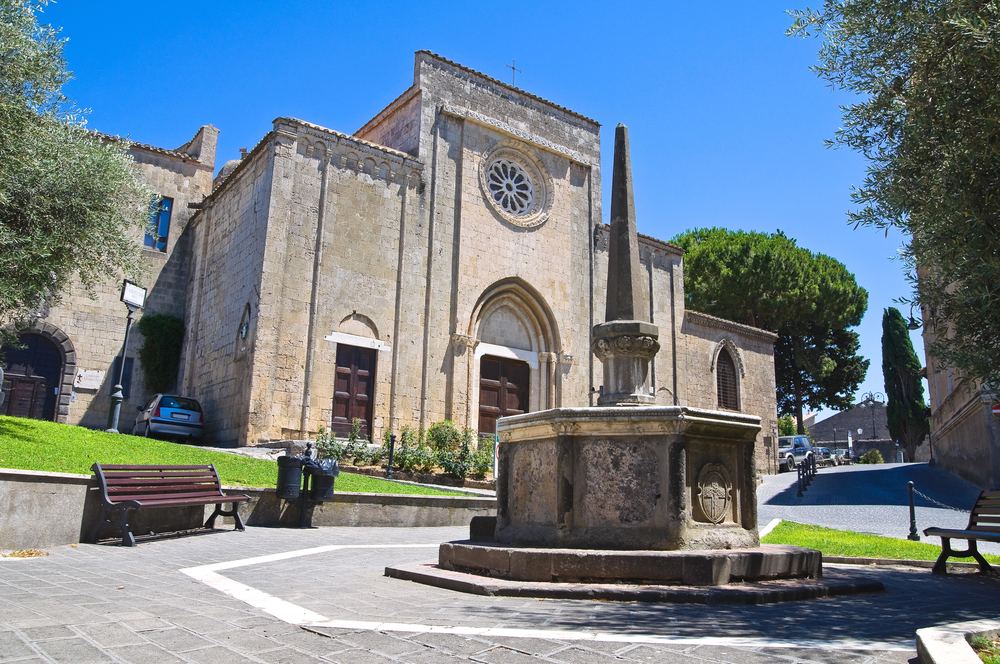
This Etruscan stronghold offers some of Europe’s most impressive pre-Roman tomb paintings, providing a rare glimpse into a civilization that predates the Roman Empire. The necropolis contains thousands of tombs carved into rock, with the most spectacular featuring colorful frescoes depicting banquets, dancing, and daily life from 2,500 years ago. The medieval town above ground charms with its towers and churches, while the archaeological museum houses stunning Etruscan artifacts including the famous winged horses. Regional trains connect Rome to Tarquinia in about 90 minutes, and the walk from the station to the archaeological sites takes you through lovely countryside.
Subiaco

Nestled in the Apennine foothills about 40 miles east of Rome, Subiaco cradles two remarkable monasteries built into sheer cliff faces. The Sacro Speco monastery clings to the rock where St. Benedict once lived as a hermit, featuring medieval frescoes and chapels stacked vertically like a spiritual apartment building. The town itself provides a peaceful base for hiking in the surrounding mountains, where clear streams and ancient forests offer a refreshing contrast to urban life. Buses from Rome take about 90 minutes, winding through mountain scenery that becomes increasingly dramatic as you approach.
Anagni
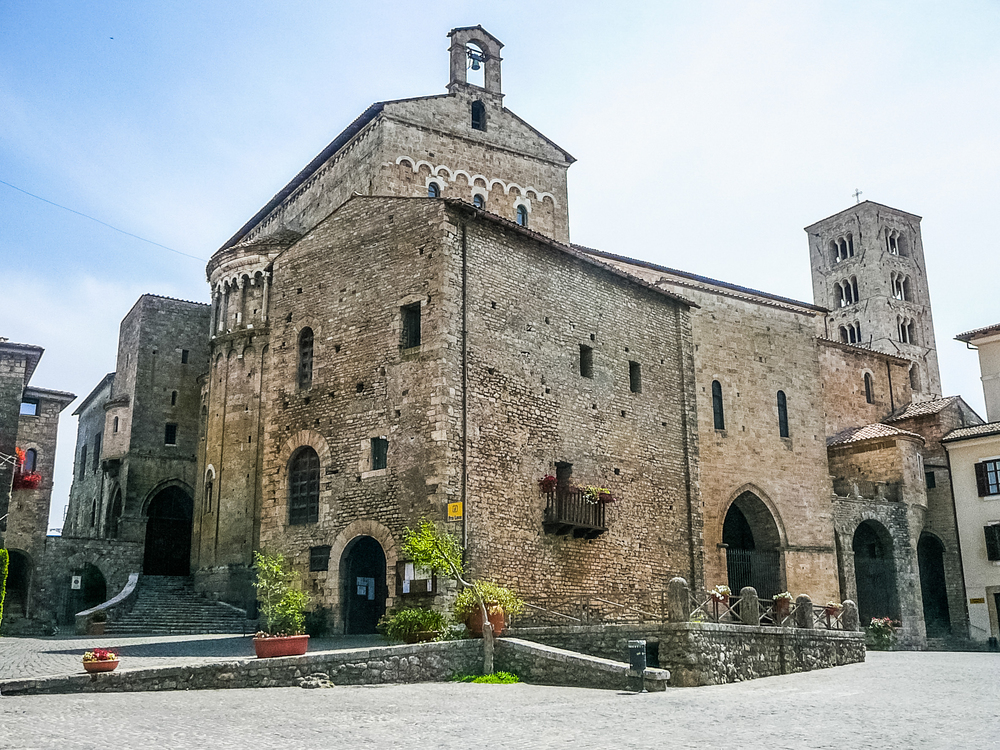
This hilltop town earned the nickname ‘City of Popes’ after producing four different pontiffs during the medieval period. The cathedral contains some of Italy’s most important Byzantine-style frescoes, while the papal palace tells the dramatic story of Pope Boniface VIII’s confrontation with French forces. Walking the ancient streets feels like stepping back 800 years, with stone houses and narrow alleys that have barely changed since papal times. The town sits about 40 miles southeast of Rome, accessible by regional train, and offers stunning views across the Roman countryside from its elevated position.
Civita di Bagnoregio

Known as the ‘dying city,’ this extraordinary village perches on an eroding plateau accessible only by a narrow pedestrian bridge. Founded by the Etruscans 2,500 years ago, Civita now houses just a handful of residents who maintain medieval traditions in this dramatically isolated setting. The village offers breathtaking views across the surrounding valleys and badlands, while its ancient streets contain charming restaurants and artisan shops. Getting there requires a bus journey to nearby Bagnoregio followed by a scenic 20-minute walk across the famous bridge, but the otherworldly experience justifies the effort.
Palestrina

— Photo by marcovarro
Ancient Praeneste was once home to one of the Roman world’s most important oracle temples, and today’s Palestrina preserves impressive archaeological remains alongside Renaissance charm. The Temple of Fortuna Primigenia cascades down the hillside in a series of terraces that showcase Roman engineering at its finest. The medieval town above features the Barberini Palace, now housing an archaeological museum with the famous Nile Mosaic, one of ancient Rome’s most sophisticated artworks. Regional trains connect Rome to Palestrina in about 45 minutes, making this an easy half-day trip for archaeology enthusiasts.
Bracciano
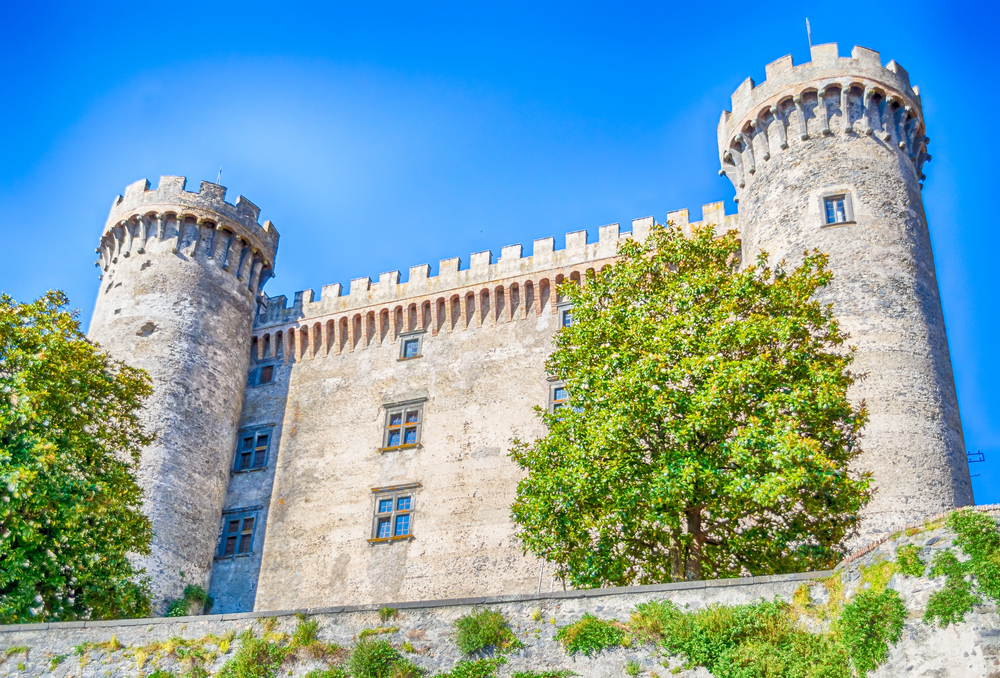
This lakeside town offers castle tours and water activities around one of central Italy’s cleanest lakes. The Orsini-Odescalchi Castle dominates the shoreline with its perfectly preserved medieval walls and towers, while the lake itself provides opportunities for swimming, sailing, and peaceful walks along tree-lined shores. The town’s restaurants specialize in fresh lake fish, offering a different culinary experience from Rome’s typical cuisine. Direct trains from Rome reach Bracciano in about an hour, and the station sits conveniently close to both the castle and lake access points.
Cerveteri
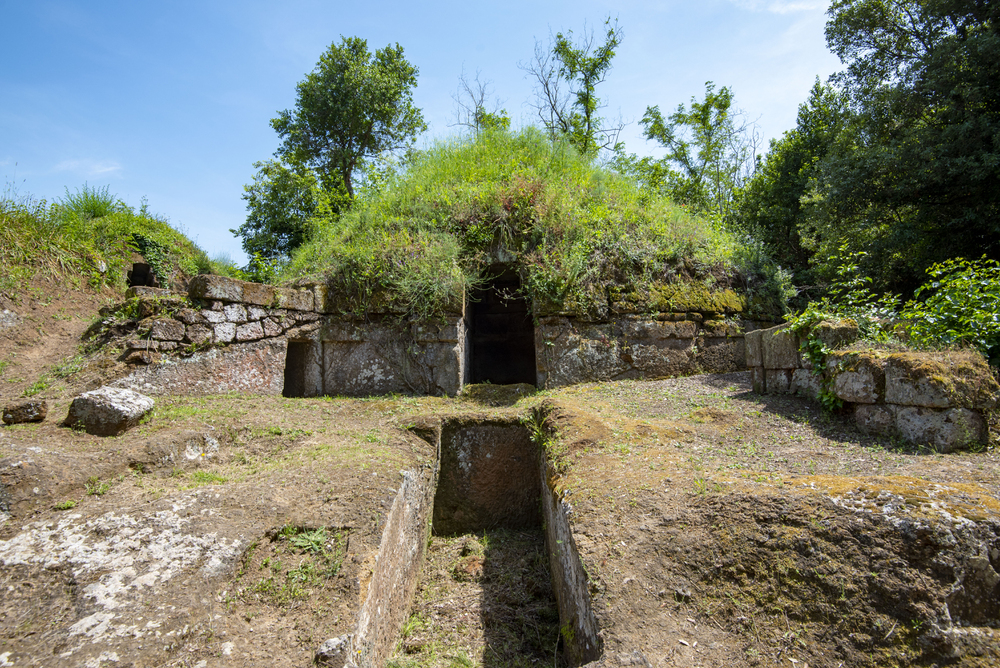
The ancient Etruscan city of Caere left behind one of Italy’s most impressive necropolises, where elaborately carved tombs reveal sophisticated burial practices from the 6th century BC. The Banditaccia necropolis contains hundreds of tombs arranged like a city of the dead, with streets, houses, and even furniture carved from solid rock. The modern town provides a quiet base for exploring these archaeological wonders, while nearby beaches offer opportunities to combine history with seaside relaxation. Regional trains connect Rome to Cerveteri-Ladispoli station in about 45 minutes, followed by a short bus ride to the archaeological site.
The Eternal Appeal of Roman Getaways
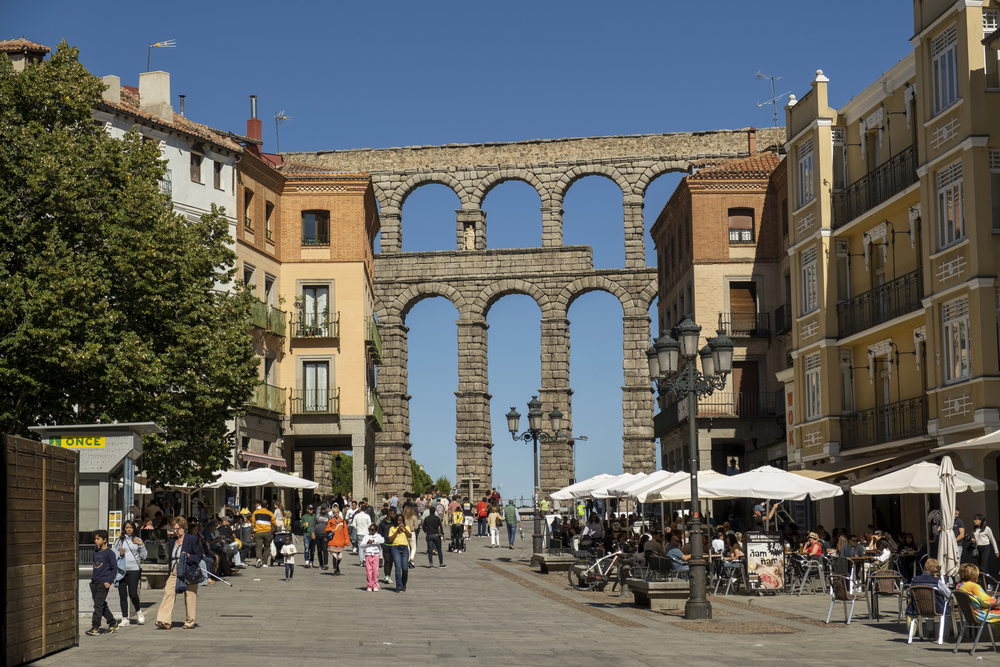
These day trips from Rome reveal how the ancient Romans chose their vacation spots just as wisely as they built their empire. The same thermal springs that soothed imperial citizens still bubble up in Viterbo, while the coastal retreats that attracted emperors continue to draw modern travelers seeking respite from urban life. Each destination preserves layers of history that connect directly to Rome’s story, yet offers its own distinct character and attractions. Whether you’re drawn to Etruscan mysteries, papal palaces, or simply a good glass of Frascati wine, these escapes prove that sometimes the best way to appreciate Rome is to step outside its ancient walls.
More from Travel Pug

- 20 Best Beach Towns in the Carolinas
- 13 Destinations Where Tourists Regularly Regret Their Trip
- 20 Things You Actually Get in First Class
- 20 Small Airports With Aviation Museums
- 20 Places in the U.S. That Are Perfect for a Reset Trip
Like Travel Pug’s content? Follow us on MSN.
